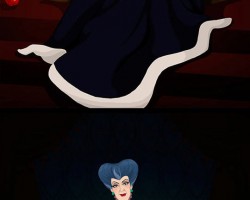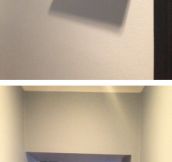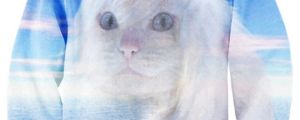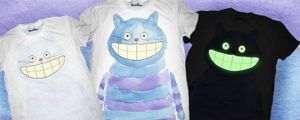Needles
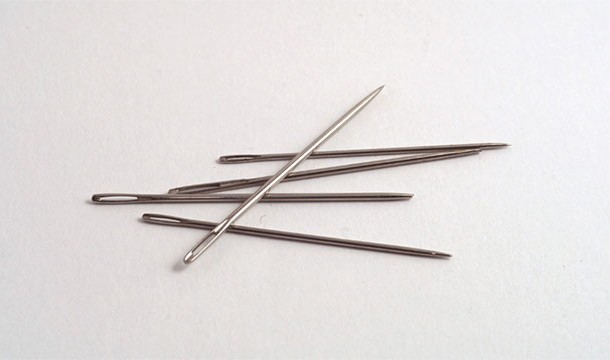
Not for acupuncture but for eye surgery. In the middle ages the needle was used to shove cataracts to the back of eye.
Hot iron

Also during the middle ages, if you got hemorrhoids then you could expect to have a hot iron pushed up your rectum.
Trepaning
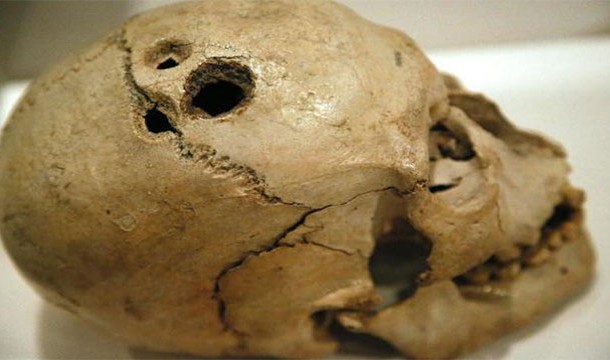
Thought to cure head related issues like migraines, people would have holes drilled into their skulls to relieve pressure on the brain
Horoscopes

In some parts of medieval Europe doctors were legally required to consult a patients horoscope before making a diagnosis.
Bloodletting
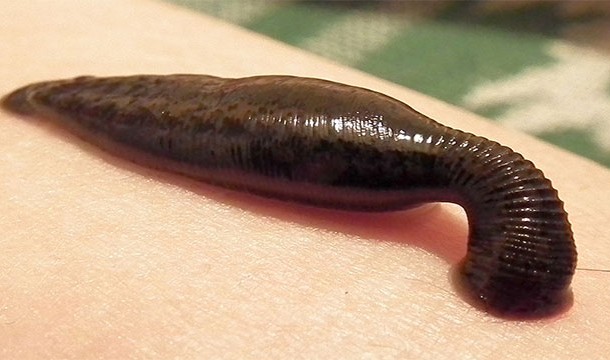
For various reasons, during the middle ages excess blood in the body was seen as the cause of numerous ailments. Many people would even use leeches recreationally just because they thought it would keep them healthy.
Honey coated cadavers

According to some sources there were elderly men in Arabia that would eat nothing but honey until they died. They were then buried in honey and left in a tomb for over a century after which they were ready for consumption by people with various ailments.
Snail juice
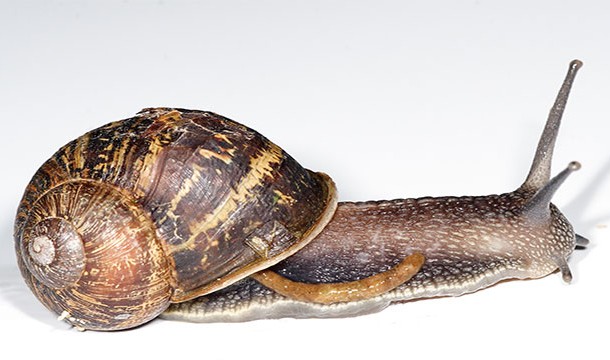
Perhaps not quite as disturbing as our last remedy, people in the 1700s quite often used smashed snails to cure coughs and ear aches.
Heroin
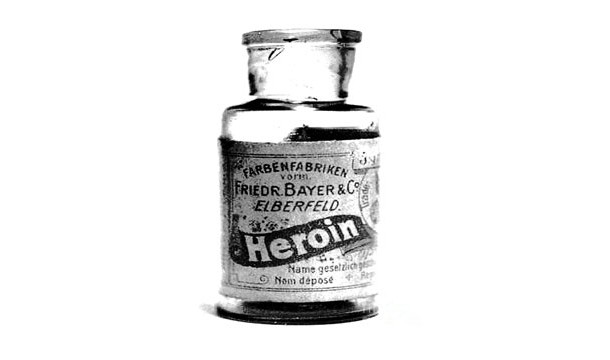
Although today it is known as one of the most addictive substances on Earth, scientists at the beginning of the 20th century for some reason thought it was a non-addictive form of morphine. Therefore, Bayer actually produced heroin as a cough suppressant for children. Not surprisingly production ended shortly thereafter.
Icepick
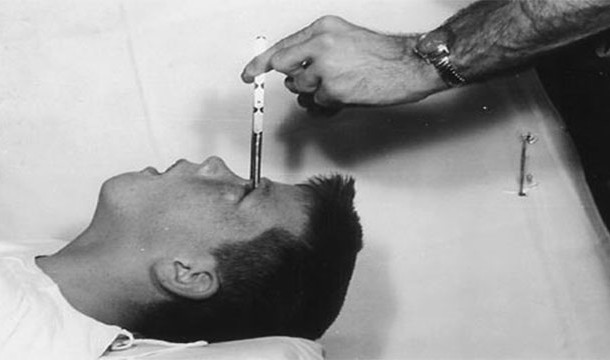
Like trepanation, lobotomies were performed by drilling a hole into the head, at least until psychiatrist Walter Freeman realized that an icepick through the eye socket was faster. Thankfully, with the advent of effective antipsychotics in the 60s, this procedure fell out of favor.
Malaria

In spite of the fact that it kills 3 million people per year, it apparently raises your body temperature enough to kill the bacteria that cause syphilis. Dr. Julius Wagner-Jauregg even won the Nobel prize in 1927 for the discovery. Not surprisingly this treatment is no longer used today.
Crystal Meth

Hitler’s doctors are possibly the most famous example’s of using this treatment. As Hitler was a known hypochondriac they would often inject him with all sorts of medications, including meth. Go figure.
Vin Mariani

In the mid 1800s Italian chemist Angelo Mariani came out with a “healing tonic” that consisted of red wine and cocoa leaves. The tonic became very popular (for those of you that don’t know, coca leaves contain cocaine). Which leads us to our next entry…
Coca-Cola

Inspired by Vin Mariani, Coca-Cola (made from coca-leaves and cola nuts) was also originally intended to be a medicine. Colonel John Pemberton, the inventor, claimed that it could cure headaches, morphine addiction, and impotence.
Tongue Cutting

If you stuttered in the 1800s you could expect the doctor to cut off half of your tongue. Not surprisingly many patients bled to death.
Clysters

Basically the medieval word for enemas, people would often put all sorts of things into their rectum hoping for a magical cure. However, to give credit where credit is due, they did use it to cure constipation, which is still done today.
Powder of Sympathy
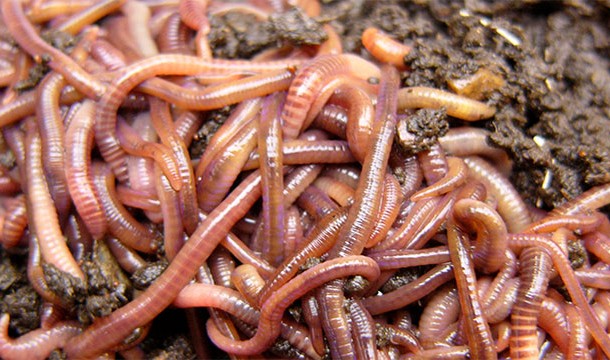
In the 17th century Sir Kenelm Digby came out with a special powder consisting of pig’s brains, mummified corpses, and earthworms. It was usually applied to battle wounds.
Urine for diagnosis
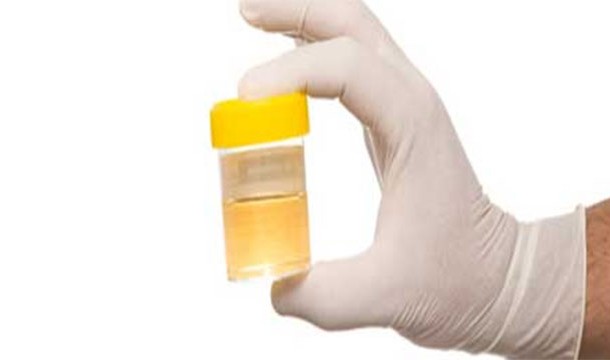
In medieval times doctors would often diagnose the patient by smelling, examining, and even tasting the patient’s urine.
Urine as an antiseptic
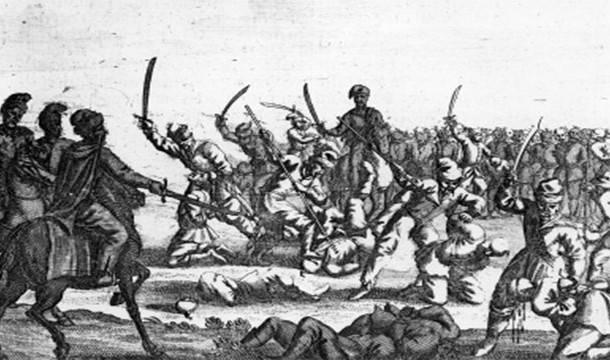
Yup, it had multiple uses, and this one was often the treatment of choice on the battlefield. Interestingly enough, urine was in all likelihood the most sterile substance available in such a scenario.
Snake oil

It hasn’t always been synonymous with quack medicine. The ancient Chinese often used it to cure joint pain.
Arsenic
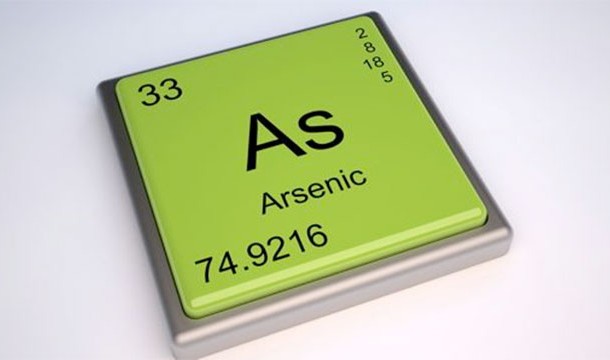
Although these days its relatively well known as a poison, in the past it has been used as everything from a cosmetic (Victorian women) to a cure for Malaria (Fowler’s Solution).
Moldy Bread
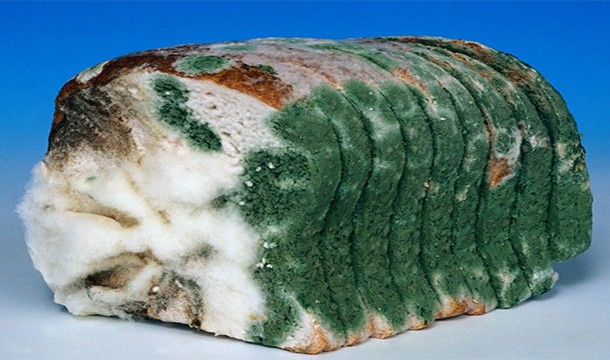
As far back as ancient Egypt it was used as a disinfectant. This may not be all that strange, however, as many fungi are known to have bacteria inhibiting properties. Penicillin?
Dead Mouse Paste

The ancient Egyptians used mashed mice to cure their toothaches.
Half a mouse
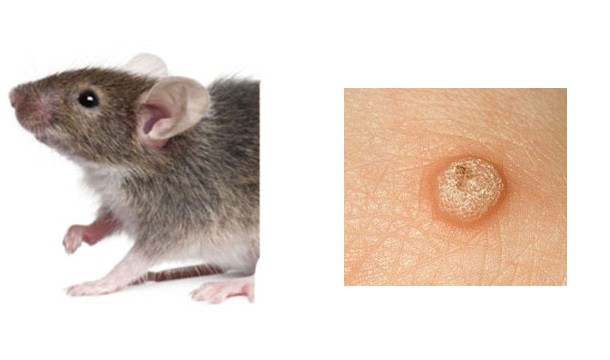
Not to be outdone, in Elizabethan England people would cut mice in half and apply them to their warts.
Sheep livers

In Mesopotamia people were diagnosed with diseases by examining the livers of sacrificed sheep.
Farts
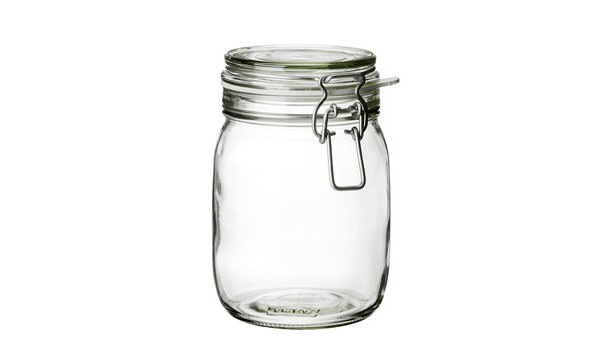
In the middle ages, people were convinced that the black death was caused by smelly odors. The prevailing view of the day was that “like cures like” so many physicians encouraged people to fart in jars and then open the jars when the plaque came to town.









